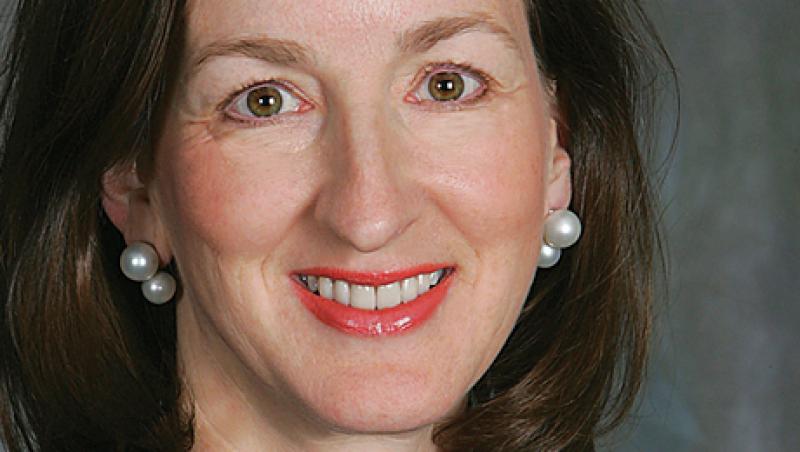
Five Questions: Catherine Keating on Investing in a Volatile Market
J.P. Morgan’s CEO of United States institutional asset management recommends constructing a portfolio that capitalizes on today’s market turmoil.
Carrie Coolidge
December 22, 2011


